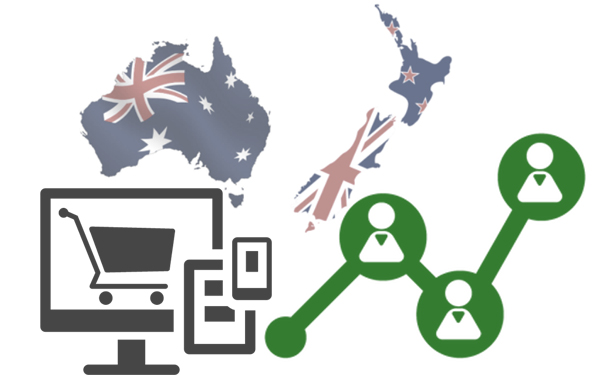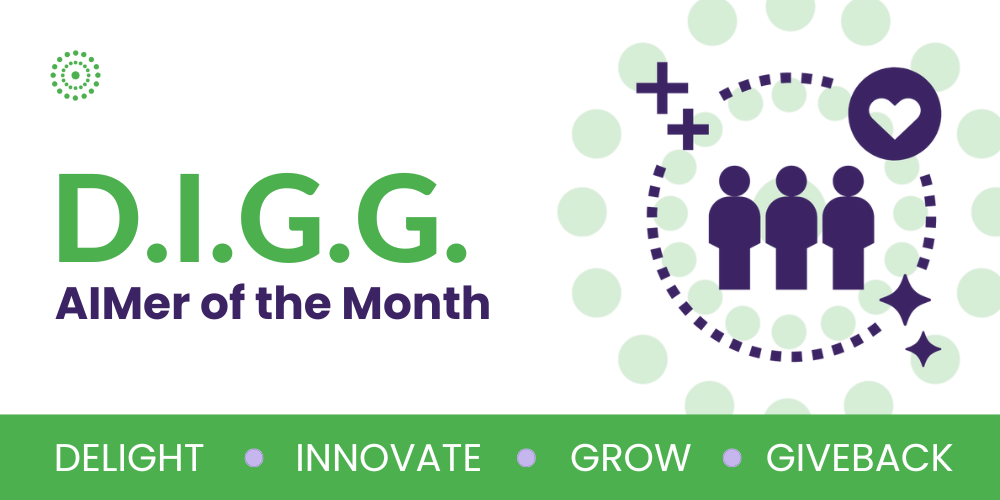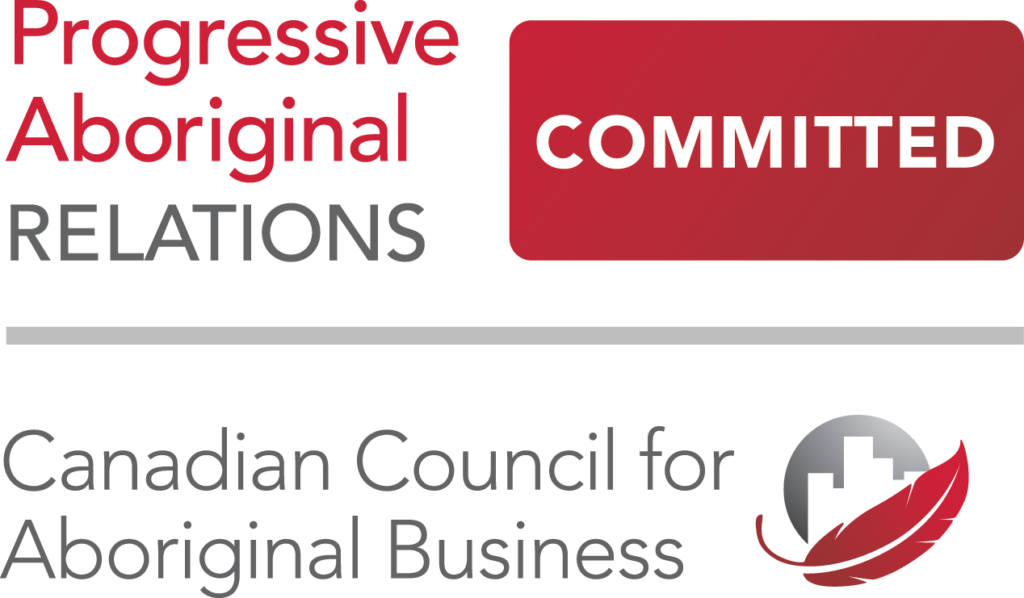This week we interviewed Zane McIntyre, CEO and co-founder of Commission Factory, Australia’s largest affiliate and performance marketing network.
As companies look to expand into new English speaking markets in 2018, we wanted to share more about the nuances of the AU/NZ market, and what both advertisers and affiliates need to know about performance marketing and buyer behaviors specific to Australia and New Zealand.
Q: As North American based brands look to expand into international markets, the first natural choice for many is other English speaking regions. What do big brands need to know about the AU/NZ market that’s different from other places? (Ie: How do people shop differently, how to affiliates behave differently? What distinctive features does that market have that we may not know about today?)
With so many cultures and languages in the region English ties us all together – even in Singapore they speak “Singlish”. The language though is where some of the similarities between North America and this region can end and one of the things that must be kept in mind (especially in Australia) is that the population is significantly smaller – only about 25 million of us here in Oz. So for brands wanting to break into the region they must understand that the numbers they achieve in North America are going to be a lot smaller in this region even though the conversion rate may still be the same, the totals may not have as many zero’s.

Affiliates are largely the same here in Oz, you’ll find many of the same coupon and cash back guys and Aussies are savvy online shoppers and love a bargain so discount forums and Facebook groups for finding bargains are plentiful. Whilst we can be a bit behind the times we do keep abreast of trends and we’re fast adopters of new technology, so the rise of influencers has kept up with the rest of the world and we’re seeing more and more demand for them.
We have found that online retailers use affiliate marketing in this region to test the space, create demand and to give brand awareness before making a bigger splash. This is especially true for those wishing to open bricks and mortar locations here. Australia has exceptionally good weather pretty much all year round so shopping in-store is a pastime where people get outside, do some shopping and have lunch on the weekends.
Q: Many of the major affiliate networks have AU/NZ divisions. What makes Commission Factory different or better for AU/NZ specifically?
In the beginning, we started Commission Factory to cater to this region, and at the time, [speak to] the lack of education around affiliate marketing. It was still in its infancy in 2011 when we launched the network and we created it in a way that

would be extremely simple to get started, with little barriers to entry. We tried to take the guesswork out of starting an affiliate campaign by laying everything out with a simple “Do this, now do this” interface with bespoke support as well. This worked really well for us and it was the UI and UX of the network that was our biggest USP and still remains today.
What also helped us was the fact it was founded by Australians, so we understood local shopping habits and we grew up with many of the brands you see on the network today, [including] how they all co-mingled and co-existed. It was our local knowledge that helped to propel us but also knowing where the market was in its knowledge levels so as not to get too far ahead of it and confuse everyone.
Q: What are some of the technology capabilities and features you feel will make the greatest impact to successful revenue growth for affiliate programs going into 2018 and beyond? Can you give an example of one that Commission Factory has that you feel is powerful for affiliates and brands alike?
When we began, we dealt more with brands directly, but now we have had the rise of agencies and they are managing the marketing campaigns of these brands so whilst we catered to agencies and OPM’s in the past we will now be giving them more tools, data and management capabilities in 2018. By ensuring these agencies have everything they need, they can successfully start and grow the affiliate campaigns of their clients. We will always have the traditional affiliate models on the network but we are seeing more diverse affiliates and channels coming into the mix – mainly influencer marketing which we have run some extremely successful campaigns over the last 6 months and shown the power these influencers can yield.
One feature that we’re looking forward to rolling out soon is the campaign/opportunities marketplace where affiliates can post opportunities for placement to brands directly. Alongside this will be more robust capabilities for them to communicate through messaging and chat within our interface, and connecting popular third party software such as Slack. The most successful campaigns we have seen are those where there is communication between all parties and discovering new ways of working together.
Q: Do you have any final thoughts or recommendations for either affiliates or brands entering into the Australian and New Zealand market?
Discuss with us or any network in the region your expansion plans and what the market is like – we’re here every day and can advise local shopping mentalities and who are the most influential [partners within a vertical] to get involved with. The worst performing campaigns from overseas are ones where this market (AU/NZ) is treated the same way as other markets, and where commission terms are so restrictive that affiliates won’t promote them.
[They will] opt instead to promote brands that are more lenient and have better remuneration structures. Before getting too heavy handed with new versus return commissions and not wanting to work with cash back and coupons, first we must establish your brand here and create awareness. Just because you’re a large brand in North America doesn’t mean anyone out here knows who you are. So affiliates and influencers can be your ambassadors for reaching out to their established audiences.












